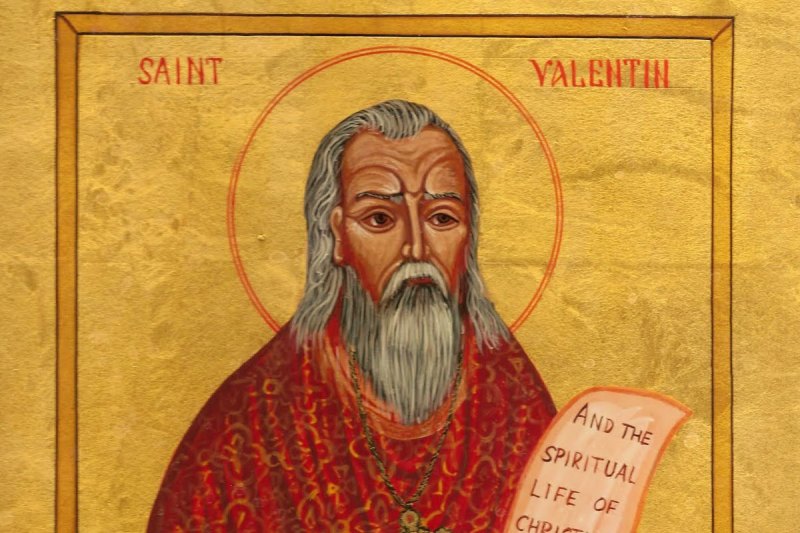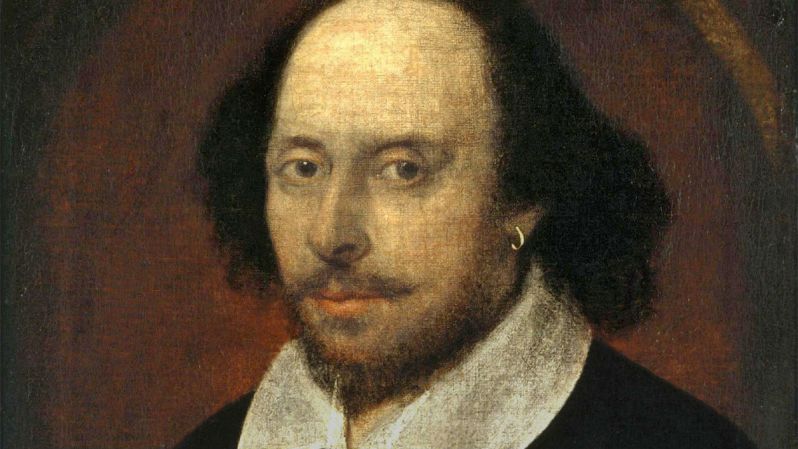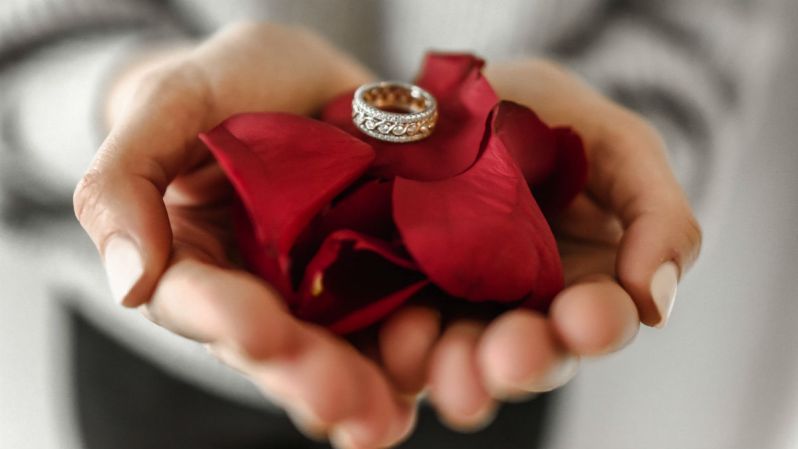Valentine’s Day brings to mind the usual list of suspects like dates, life-sized teddy bears, and passionate love-making— at least, for couples. For those who are single on Valentine’s Day, this is the perfect occasion to express love to family, peers, and friends to show there are other kinds of love besides romantic.
Valentine’s Day might be the day of love, but are you aware of its disturbing origins? That’s right, you’ll see more torture and beheadings than fluffy romance when you learn about this occasion. Be sure to scare your date or your loved ones with the spine-tingling (but fascinating) history of Valentine’s day.
Related Reading

Who was St. Valentine?
Most likely, an individual named “Valentine” lived in Ancient Rome in the 3rd century CE. As early as 496, Pope Gelasius I referred to St. Valentine as a revered man, but one “whose acts are known only to God.” Or, in other words: “Hey, we like this guy, but we’re not sure why. Oh well, venerate away anyway, boys!” A bit more is “known” about St. Valentine, though the tale(s) about him are likely apocryphal.
An early adherent to Christianity, Valentine went around marrying young Christian couples in defiance of a Roman order that limited marriage. The Romans thought young unmarried men made better soldiers and the early Christians saw marriage as a blessed sacrament. See the issue?
Thus, Valentine defied the ban and wed couples on the sly. When confronted with his transgressions against the empire and brought before Emperor Claudius II, Valentine refused to recant his beliefs and as legend does, was beaten, stoned, and decapitated. The things we do for love.
Why February 14th?
Once again, it goes back to the Romans. In the way the early Christian church chose December 25th for Christmas Day in an effort to co-opt an existing Roman holiday. so did the church choose mid-February for St. Valentine’s Day. The reason? To take some wind out the sails of a different tradition, the raucous feast known as Lupercalia.
During Lupercalia, Roman men would sacrifice a goat and a dog, then whip women with strips of hide cut from said animals in a bid to increase their fertility. Afterwards, a drunken orgy would commence (ah, there are the Romans we know) occasionally leading to long-term coupling while always resulting in plenty of short-term sex.
Christians being Christians, the church disapproved of Lupercalia, with Pope Gelasius announcing that St. Valentine’s Day would replace it on February 14th.

Why is V-Day associated with romance and love?
While the primary reason for St. Valentine’s martyrdom — the marrying of young Christian couples against Roman decree — serves as the foundation for the romantic overtones of the holiday, the actual association between the day and the romance didn’t come together until the latter half of the 14th century.
That’s when Geoffrey Chaucer, the author of The Canterbury Tales, penned this line during a celebrated royal engagement: “For this was on seynt Volantynys day; Whan euery bryd comyth there to chese his make.”
The Middle English text translates to: “For this was on St. Valentine’s Day; When every bird cometh there to choose his mate.”
The poem identified the period around Valentine’s Day as the period during which birds commenced their mating season. While that was likely weeks or even months off from a biologically accurate assertion, the sentiment stuck: birds mating, people getting married … Valentine’s Day is romantic!
A couple of centuries later, William Shakespeare referenced the romantic overtones of Valentine’s Day in his play Hamlet. The notable lines, sang by a saddened Ophelia, read as such:
“To-morrow is Saint Valentine’s day,
All in the morning betime,
And I, a maid at your window,
To be your Valentine.”
By the mid-19th century, the association of Valentine’s Day to romance, gifts, betrothal, and all the other lovey stuff was established. The rising popularity of exchanging cards began in earnest during those years, and a few short decades later, we have the Valentine’s Day we now know, but maybe necessarily don’t love.

How do people celebrate Valentine’s Day now?
Valentine’s Day is undeniably an economic engine, with people eager to spend their hard-earned cash on gifts and dates. The National Retail Federation (NRF) reported the total spending for Valentine’s Day in 2023 would reach $25.9 billion, up from 2022’s $23.9 billion.
Although exchanging cards or going on dates are the usual Valentine’s Day traditions for most people, we need to learn how different countries celebrate this special day. In Japan and South Korea, women give chocolates and flowers to men on February 14. A month later, on White Day, the men will lavish the women of their life with chocolates and gifts.
Meanwhile, South African women attach the name of their special someone on their sleeves, and sometimes, this is how men find out the identities of their admirers. However you decide to celebrate the universal day of all things love, remember how it got started in the first place.




